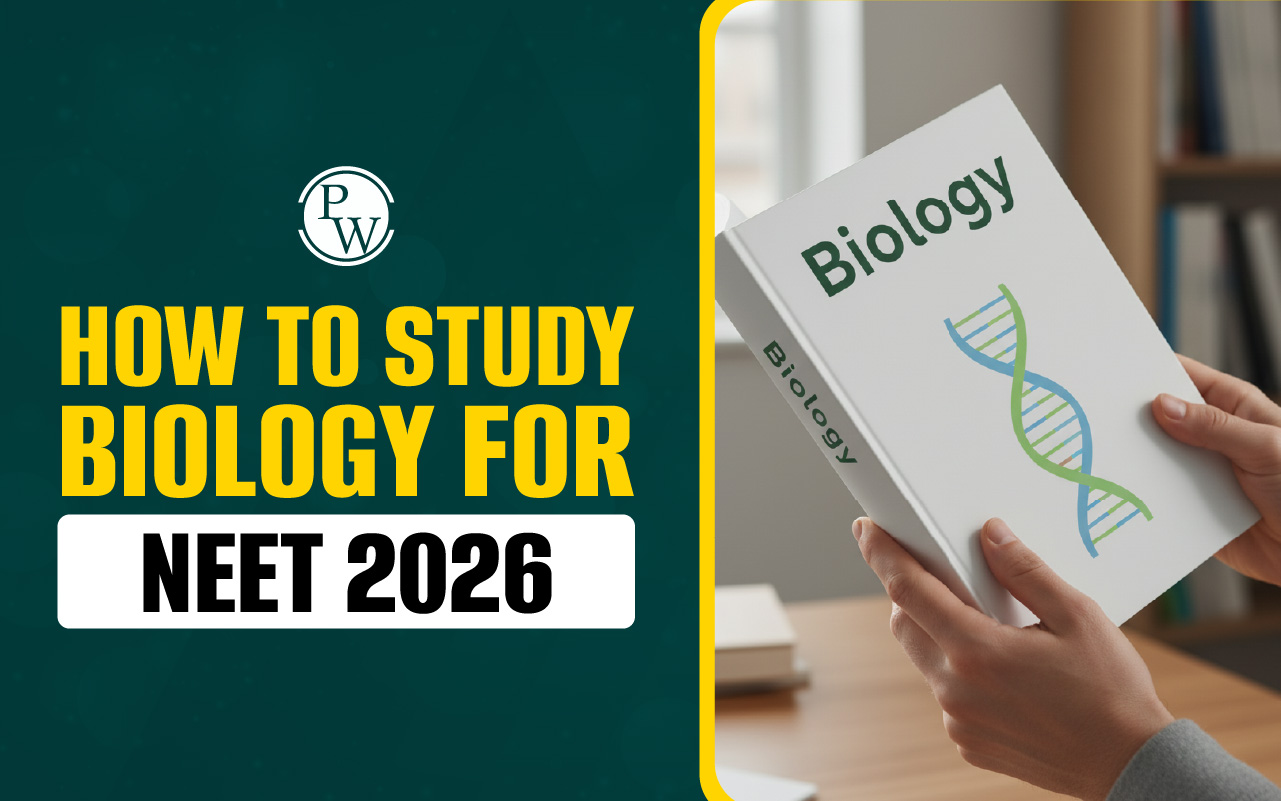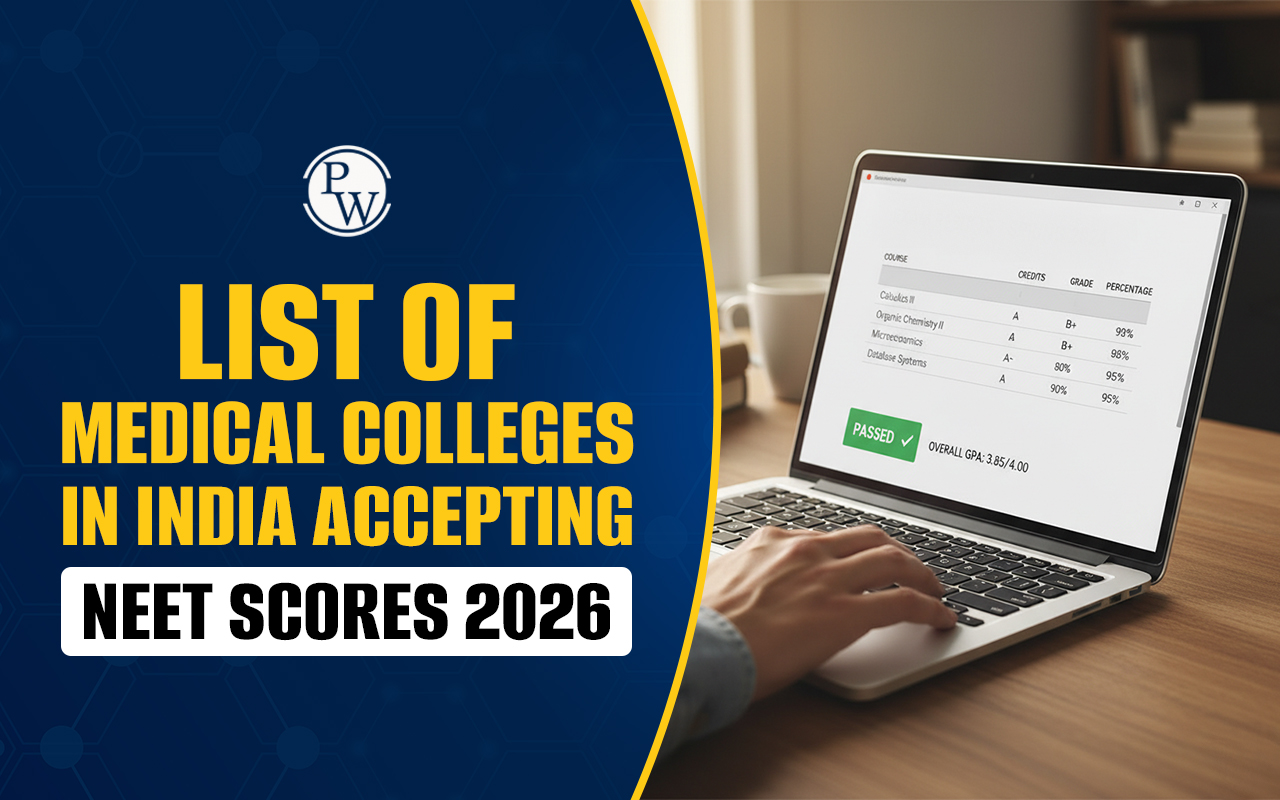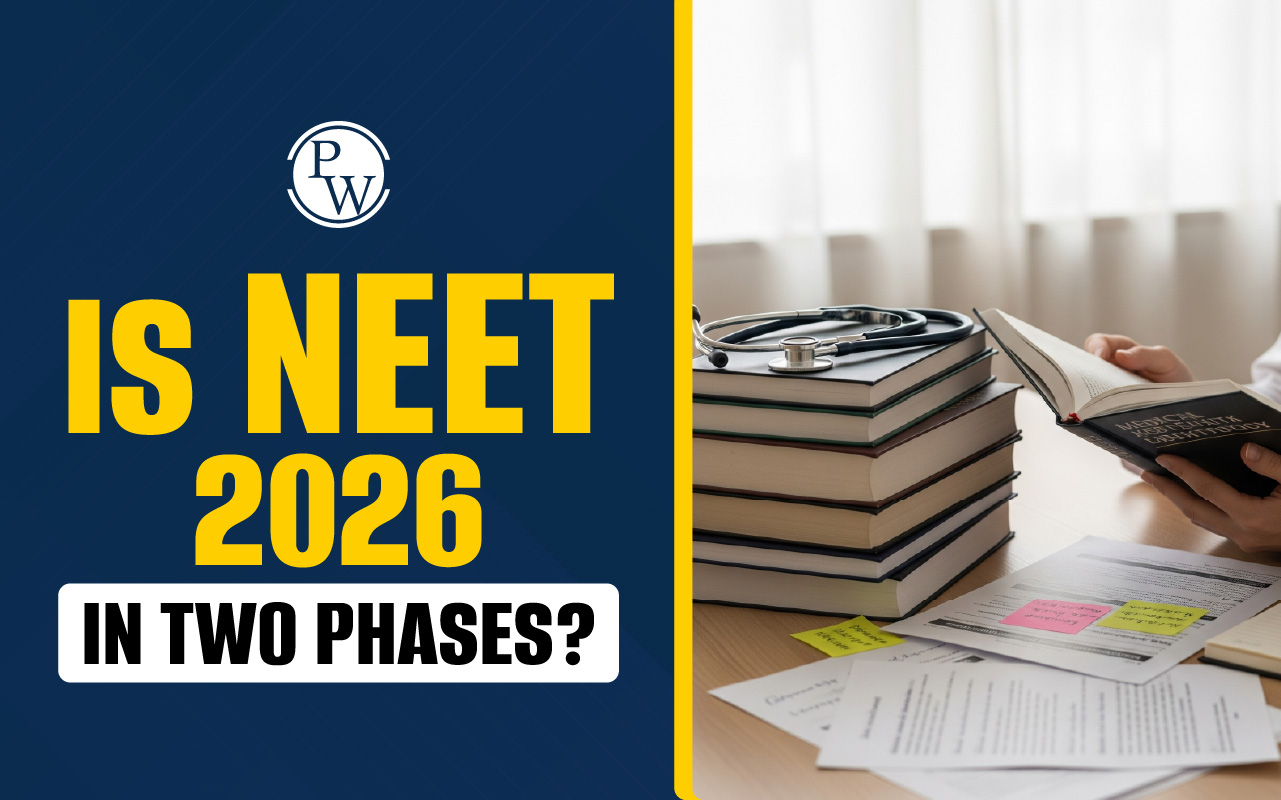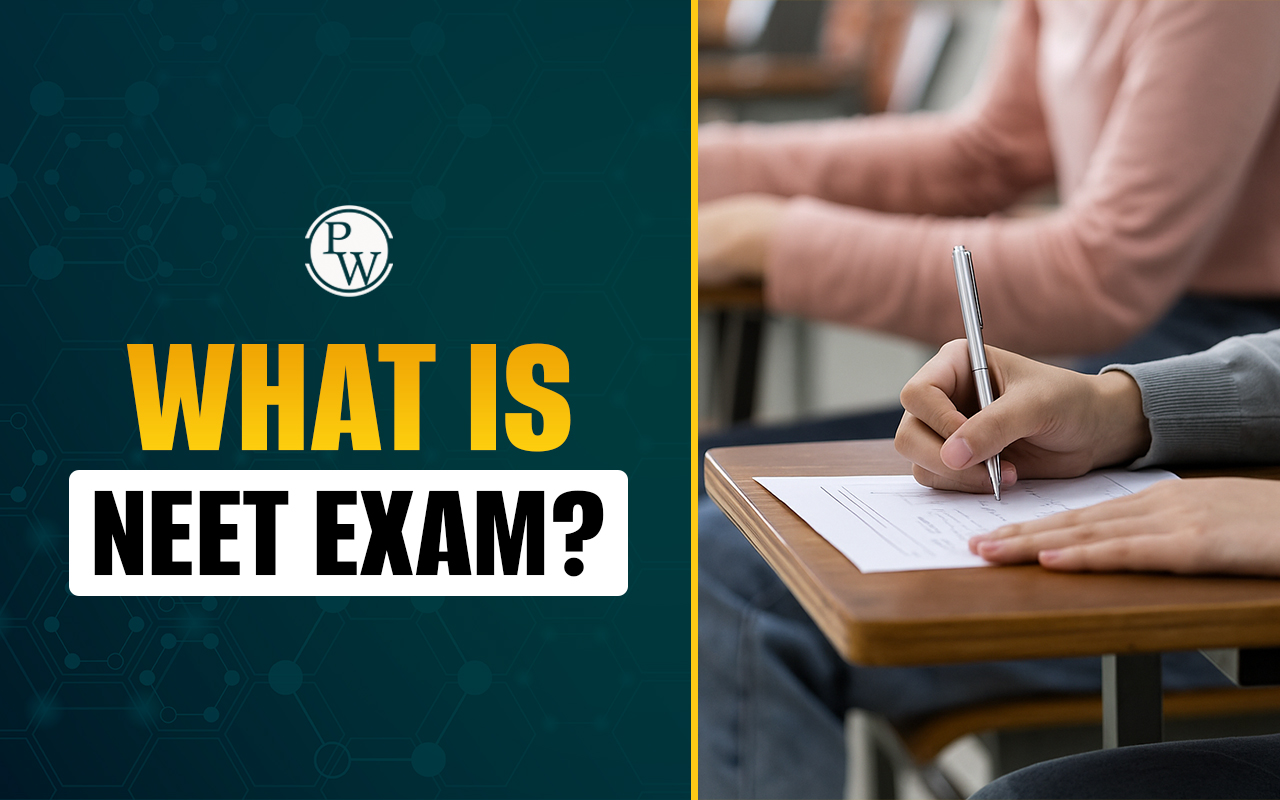
Glycogenolysis: The human body regulates blood sugar levels through a variety of biochemical processes. These processes include both catabolic and anabolic activities that work together to keep a stable sugar level in the bloodstream, ensuring that every cell receives an adequate supply of carbohydrates for energy production. Glycogenolysis is a critical process that involves the breakdown of glycogen into glucose-1-phosphate and glycogen (n-1). Glycogen branches are degraded via phosphorolysis, a process in which glucose monomers are removed sequentially, aided by the enzyme glycogen phosphorylase. Below are detailed NEET Biology notes on glycogenesis, including its steps, enzymes, and regulatory mechanisms.
What is Glycogenolysis?
Glycogenolysis refers to the enzymatic breakdown of glycogen, the storage form of glucose in animals. Glycogen is a polysaccharide composed of glucose units stored primarily in the liver and muscles. During glycogenolysis, glycogen is broken down into glucose monomers. This metabolic process occurs in the liver and muscles to produce glucose, which can be further used by the body to generate energy in the form of adenosine triphosphate (ATP). ATP is an important organic compound that transports energy within cells to fuel various cellular processes. Glycogenolysis occurs when cellular ATP levels are low, indicating more energy needs. In response to this signal, the liver and muscles release glycogen, which is broken down into glucose. This glucose can be used to replenish ATP levels, providing energy for essential cellular activities. Every cell in the human body requires energy to carry out its metabolic functions. Glucose serves as the primary source of fuel for the brain, muscles, tissues, and organs, enabling them to perform their vital functions. In addition to energy production, glucose and other molecules derived from it are used to form important structural molecules such as glycoproteins.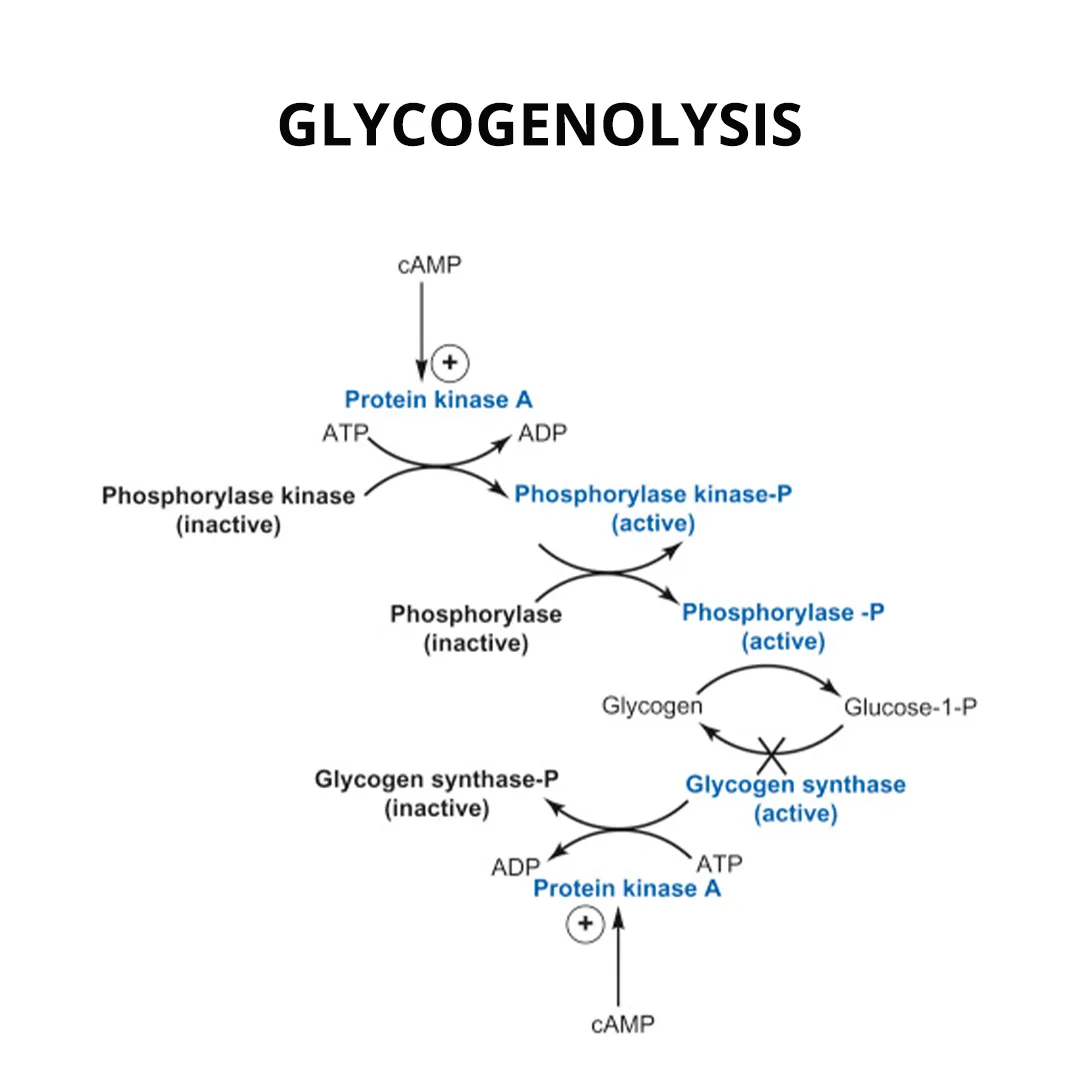
Glycogenolysis Occur In
Glycogenolysis is the process whereby glycogen, a storage form of glucose, is enzymatically broken down into glucose to provide energy. This process primarily takes place in the cytoplasm of cells in two key organs:- Liver: The liver plays a pivotal role in regulating blood glucose levels throughout the body. When blood glucose levels decrease, the liver initiates the breakdown of glycogen into glucose, which is then released into the bloodstream.
- Skeletal Muscles: Muscles store glycogen for their own energy requirements during physical exertion. When engaged in physical activity, muscle cells break down glycogen to produce readily accessible glucose for energy.
Glycogenolysis Steps
Glycogenolysis is the process through which glycogen, the storage form of glucose, is broken down into glucose molecules to provide energy. This process primarily occurs in the liver and muscles and plays a vital role in maintaining blood glucose levels during periods of fasting or physical exertion. The steps involved in glycogenolysis are as follows: Initiation:- Glycogenolysis is triggered by hormonal signals, such as glucagon (from the pancreas) or epinephrine (adrenaline), released during situations like fight-or-flight responses.
- These hormones stimulate the enzyme adenyl cyclase in liver and muscle cells to produce cyclic adenosine monophosphate (cAMP).
- cAMP activates phosphorylase kinase, which, in turn, phosphorylates glycogen phosphorylase b, converting it into its active form, glycogen phosphorylase a.
- Glycogen phosphorylase a breaks the glycosidic bonds between glucose units in glycogen, releasing glucose-1-phosphate molecules.
- This process continues until glycogen phosphorylase a reaches a branch point (α-1,6 glycosidic bond) four glucose units away.
- Since glycogen phosphorylase a cannot break α-1,6 glycosidic bonds, the enzyme amylo-α-1,6-glucosidase (debranching enzyme) facilitates this step.
- The debranching enzyme transfers three glucose units from the outer chain to another glycogen chain, leaving a single glucose unit at the branch point.
- This single glucose unit is then cleaved by another enzyme, α-glucosidase, releasing free glucose.
- Conversion of glucose-1-phosphate to glucose-6-phosphate:
- In the liver, kidney, and muscle tissues, the enzyme phosphoglucomutase converts glucose-1-phosphate to glucose-6-phosphate.
- Glucose-6-phosphate can then be released into the bloodstream (in the liver) or enter glycolysis (in muscle cells) for energy production.
Glycogenolysis Enzymes
Glycogenolysis is a vital metabolic process that involves breaking down glycogen, a complex polymer made of glucose units, into simpler glucose-1-phosphate molecules. This pathway is crucial for providing the body with glucose, especially during periods of low blood sugar levels, to meet its energy requirements. Several enzymes play key roles in glycogenolysis:Glycogen phosphorylase: This enzyme is central to glycogen breakdown, as it cleaves alpha-1,4 glycosidic bonds within glycogen, releasing glucose-1-phosphate.
Debranching enzymes: These enzymes, including alpha-1,4-glucantransferase and alpha-1,6-glucosidase, are necessary to break down the branching alpha-1,6 glycosidic bonds in glycogen, allowing glycogen phosphorylase to continue breaking down the molecule.
Phosphoglucomutase: This enzyme converts glucose-1-phosphate into glucose-6-phosphate, which can then be converted into free glucose in the liver, kidneys, and intestines. However, muscle cells lack glucose-6-phosphatase, so glucose-1-phosphate is primarily used for energy production within muscle tissue.
Phosphorylase kinase: This enzyme activates glycogen phosphorylase by phosphorylating it. Its activation is part of a signal cascade triggered by hormones like glucagon and epinephrine. These enzymes work together to efficiently break down glycogen and provide glucose for energy production, ensuring the body's energy needs are met.
Glycogenolysis Regulation
Glycogenolysis, the breakdown of glycogen into glucose, is an important mechanism for controlling blood sugar levels and providing energy to cells. This process is carefully controlled to ensure that glucose is available when needed and that glycogen reserves are preserved when glucose is abundant. Hormones and cellular signals play key roles in regulating glycogenolysis.Sexual Reproduction In Flowering Plants
Hormonal Regulation of Glycogenolysis
Glucagon: Produced by the pancreas, glucagon is the primary activator of glycogenolysis in the liver. When blood glucose levels drop, the release of glucagon increases. Glucagon binds to receptors on liver cells, initiating a signaling cascade that activates enzymes responsible for breaking down glycogen.Insulin: Conversely, insulin is released by the pancreas in response to high blood glucose levels. Insulin promotes the synthesis of glycogen and inhibits enzymes involved in glycogenolysis, ensuring that glycogen stores are replenished during periods of plenty.
Epinephrine (Adrenaline): During the fight-or-flight response, the adrenal glands release epinephrine, which stimulates glycogenolysis in both liver and muscle cells, providing a rapid supply of glucose for immediate energy needs.
Cellular Signaling in Glycogenolysis
Muscle-Specific Regulation: In muscle cells, glycogen breakdown is primarily for internal use. Unlike the liver, which releases glucose into the bloodstream, muscle cells use the glucose-6-phosphate generated from glycogenolysis for energy production through glycolysis. Neural signals can also stimulate muscle glycogenolysis, particularly during exercise. Calcium released from the sarcoplasmic reticulum during muscle contraction plays a role in this process.Importance of Regulation
To maintain stable blood glucose levels, glycogenolysis must be precisely controlled. Uncontrolled breakdown of glycogen can lead to hypoglycemia, while impaired glycogenolysis can result in hyperglycemia. Understanding the intricate regulation of glycogenolysis is essential for normal physiological function and has implications for diseases such as diabetes, where blood glucose control is a major concern.Glycogenolysis Functions
Glycogenolysis is a pivotal metabolic process occurring chiefly in the liver and muscles, involving the breakdown of glycogen into glucose-1-phosphate, ultimately yielding glucose. This process serves several vital functions:- Energy Provision: Glycogenolysis primarily releases glucose into the bloodstream when blood glucose levels are low. This promptly provides energy, especially during fasting or strenuous physical activity.
- Blood Glucose Regulation: Glycogenolysis helps maintain stable blood glucose levels, ensuring a constant supply of glucose for the brain and other critical organs.
- Muscle Support: In muscle tissue, glycogenolysis supplies glucose-6-phosphate for glycolysis, which is essential for generating ATP (adenosine triphosphate), the main cellular energy source, during muscle contraction.
- Glucose Balance: Hormones like glucagon and adrenaline regulate glycogenolysis. Released in response to low blood glucose or stress, these hormones stimulate glycogen breakdown to increase blood glucose levels.
- Emergency Energy Reservoir: Glycogen acts as a rapid-response energy source during heightened energy demands, like intense exercise or fasting.
Difference Between Glycolysis and Glycogenolysis
Glycolysis represents the initial phase of cellular respiration, where a glucose molecule undergoes enzymatic breakdown into ATP, Pyruvate, and NADH. This vital metabolic process occurs within the cytoplasm, serving as the primary source of energy for various cellular functions. Conversely, glycogenolysis involves the breakdown of glycogen stores into glucose units, primarily occurring in the liver and muscles. This process is pivotal in raising blood sugar levels when needed, such as during a fight-or-flight response, where muscle glycogenolysis is particularly crucial.Difference Between Glycogenesis and Glycogenosis
Glycogenesis is the reverse of glycogenolysis, where glycogen is synthesized from glucose molecules. However, it's crucial to note the distinction with glycogenosis, also known as glycogen storage disease (GSD). This genetic disorder encompasses various types, affecting glycogen formation (glycogenesis) or breakdown (glycogenolysis). With approximately 1 in 20,000-25,000 individuals in the United States born with some form of GSD, this condition presents in 11 different types, each varying in severity. While some types manifest mildly, others like GSD Type II are exceptionally severe, often leading to death within two years of birth. Additionally, certain types of GSD can cause growth issues and exercise intolerance, highlighting the diverse nature of this disorder. PW also provides the Online Coaching for NEET to students preparing. To help students prepare for the NEET, we also provide free courses. The PW Online Course for NEET aims to assist students in preparing for the NEET exam. Physics Wallah provides the best NEET Coaching by offering various NEET online courses for class 11, class 12, and droppers.| NEET Exam Important Links | |
|---|---|
| NEET Syllabus | NEET Biology Diagrams |
| NEET Biology MCQ | NEET Biology Chapter wise Weightage |
| NEET Biology Notes | NEET Previous Year Question papers |
Glycogenolysis FAQs
Q1. What occurs during glycogenolysis?
Q 2. How does glycogenolysis differ from gluconeogenesis?
Q 3. What are the steps involved in glycogenolysis?
Q 4. Why is glycogenolysis significant?
Q 5. Where is glucose stored in the body?


